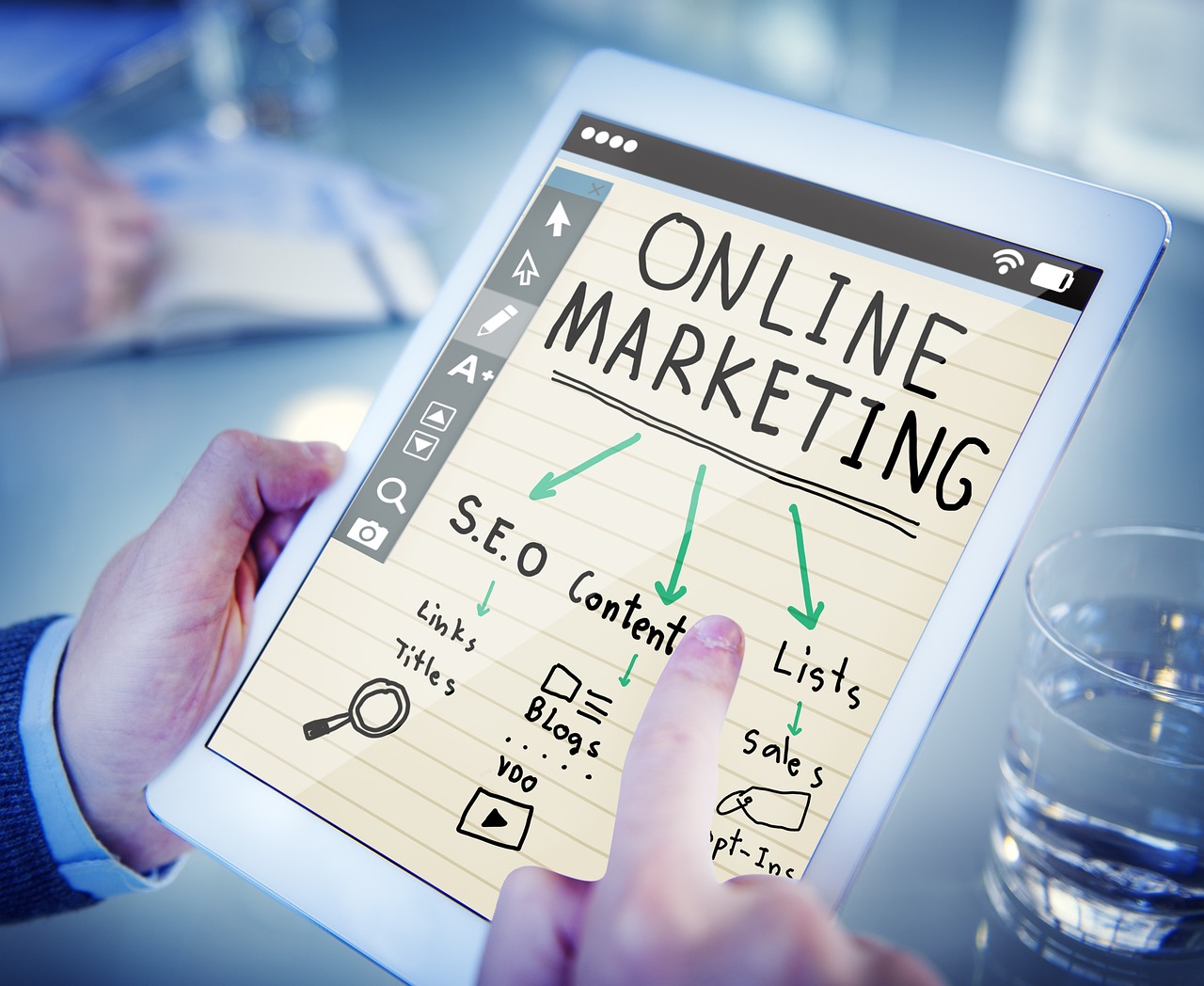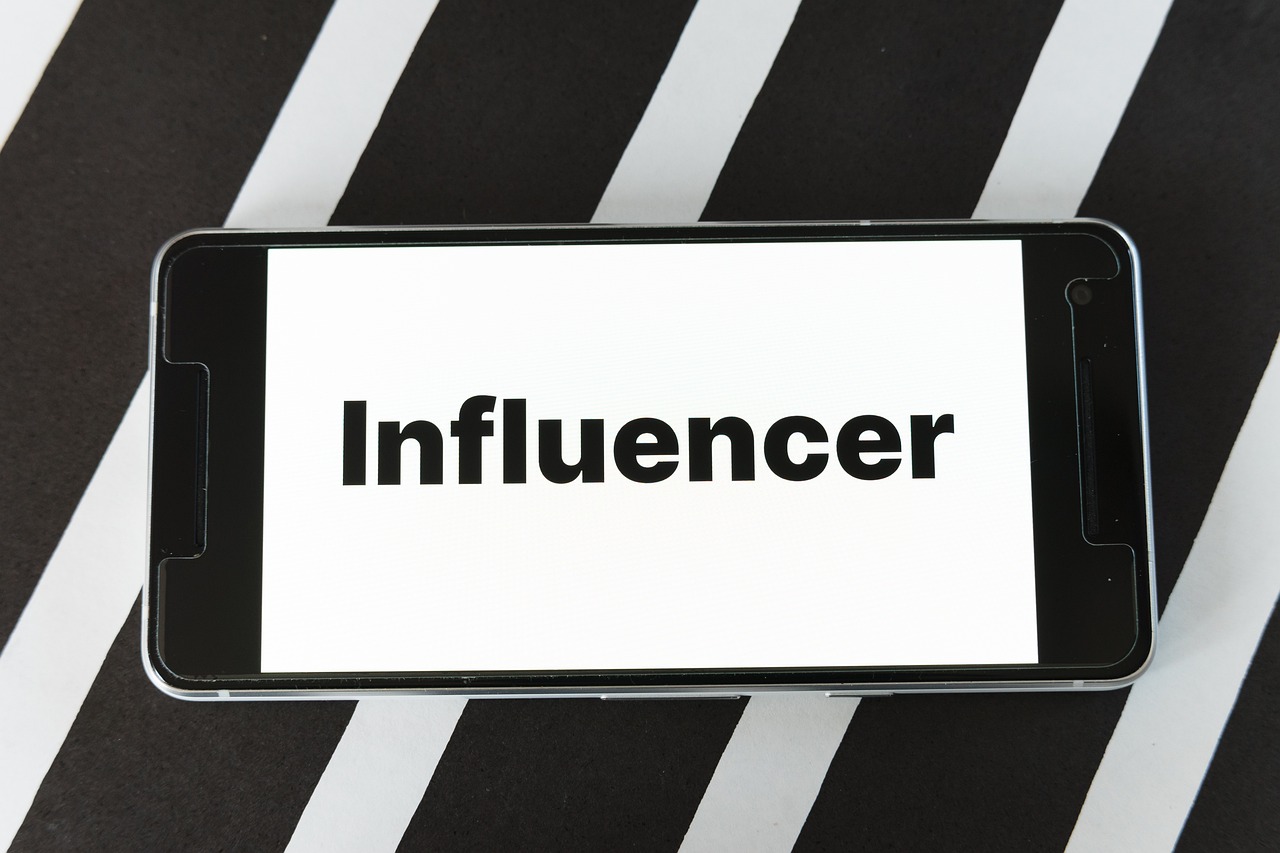
As we venture into 2024, the landscape of influencer marketing continues to evolve at a rapid pace. With projected growth reaching new heights, brands are increasingly recognizing the need to adapt their strategies to stay ahead of the curve. Influencer marketing best practices have shifted dramatically, emphasizing authenticity, data-driven decision-making, and long-term partnerships over one-off collaborations. This evolution reflects a deeper understanding of consumer behavior and the pivotal role influencers play in shaping purchasing decisions. As the digital sphere becomes more crowded, the focus on genuine connections and measurable impact has never been more critical for brands looking to leverage the power of influencer marketing effectively.
1. The Rise of Nano and Micro-Influencers
In 2024, the spotlight has shifted significantly towards nano and micro-influencers, recognizing their unique ability to drive engagement and conversions within niche communities.
Why Micro-Influencers Have Higher Engagement
Micro-influencers, typically defined as those with followers ranging from 1,000 to 100,000, have proven to be powerhouses of engagement. Their success lies in their ability to maintain a close, almost personal relationship with their audience, leading to higher trust and interaction rates.
| Influencer Type | Average Engagement Rate | Conversion Rate | Cost per Post |
|---|---|---|---|
| Micro (1K-100K) | 3.86% | 2.4% | $100-$500 |
| Macro (100K-1M) | 1.62% | 1.7% | $500-$5,000 |
| Celebrity (1M+) | 1.21% | 1.1% | $5,000+ |
How to Identify the Right Micro-Influencers for Your Brand
Selecting the perfect micro-influencer for your brand requires a strategic approach focused on alignment and authenticity:
- Analyze engagement rates rather than just follower count
- Ensure the influencer’s audience demographics match your target market
- Evaluate the quality and consistency of their content
- Check for genuine engagement (comments, shares) vs. bot activity
- Assess their values and ensure they align with your brand’s ethos
- Review their past collaborations for professionalism and authenticity
- Consider their growth trajectory and potential for long-term partnership
2. Creating Authentic Content with Influencers
Authenticity has become the cornerstone of successful influencer marketing campaigns, with consumers increasingly valuing genuine recommendations over polished advertisements.
User-Generated Content (UGC) as a Key Driver
User-Generated Content, often facilitated by influencers, has emerged as a powerful tool for building trust and fostering organic connections with consumers. Successful UGC campaigns have shown remarkable results:
- Coca-Cola’s “Share a Coke” campaign:
- 500,000+ photos shared on social media
- 25% increase in sales
- GoPro’s “Photo of the Day” initiative:
- 6000% increase in user-generated photos and videos
- Significant boost in brand awareness and sales
- Adobe’s #Adobe_Perspective challenge:
- Over 19,000 submissions on Instagram
- Increased engagement and brand loyalty among creative professionals
Long-Term Partnerships for Greater ROI
Brands are increasingly recognizing the value of fostering ongoing relationships with influencers, moving away from one-off collaborations towards more strategic, long-term partnerships.
| Aspect | Short-Term Partnerships | Long-Term Partnerships |
|---|---|---|
| Brand Loyalty | Limited impact | Stronger, consistent brand advocacy |
| Content Quality | Variable | Consistent, high-quality content |
| Audience Trust | Moderate | High, due to repeated exposure |
| Cost-Effectiveness | Higher cost per engagement | Lower cost per engagement over time |
| Campaign Flexibility | Limited | Greater ability to adapt and evolve |
| ROI | Short-term spikes | Sustained, growing returns |
3. Leveraging Video Content in Influencer Campaigns

Video content continues to dominate the digital landscape, offering unparalleled engagement and versatility in influencer marketing strategies.
Why Video is the Future of Influencer Marketing
The shift towards video content is undeniable, with platforms like TikTok, YouTube, and Instagram Reels leading the charge:
- TikTok reached 1.5 billion monthly active users in 2024
- Instagram Reels see 2x more engagement than standard video posts
- YouTube Shorts surpassed 50 billion daily views
Video content generates:
- 1200% more shares than text and image content combined
- 48% higher view-through rates compared to non-video posts
- 49% faster revenue growth for brands using video marketing
Tips for Successful Video Collaborations
To maximize the impact of video collaborations with influencers:
- Prioritize storytelling over direct product promotion
- Ensure video length aligns with platform-specific best practices
- Incorporate interactive elements like polls or Q&As
- Optimize for mobile viewing with vertical formats
- Use captions to increase accessibility and engagement
- Encourage behind-the-scenes content for authenticity
- Leverage trending audio or challenges on platforms like TikTok
Tools for creating high-quality video content:
- Adobe Premiere Rush for mobile editing
- Filmic Pro for professional-grade mobile filming
- DJI OM 5 for stable smartphone footage
- Ring Light for consistent, flattering lighting
- Rode VideoMic for clear audio capture
4. Measuring the ROI of Influencer Marketing
In 2024, data-driven strategies have become paramount in measuring and optimizing the success of influencer marketing campaigns.
Key Metrics to Track Influencer Campaigns
| Metric | Description | Best For |
|---|---|---|
| Engagement Rate | Likes, comments, shares relative to followers | Brand awareness campaigns |
| Conversion Rate | Percentage of audience taking desired action | Sales-driven campaigns |
| Click-Through Rate (CTR) | Percentage of viewers clicking on links | Traffic generation |
| Reach | Total number of unique viewers | Brand exposure measurement |
| Audience Growth | Increase in followers during campaign | Community building efforts |
| Sales Revenue | Direct sales attributed to influencer | E-commerce campaigns |
| Brand Sentiment | Positive/negative mentions of brand | Reputation management |
Using UTM Codes and Discount Codes for Tracking
Implementing UTM tracking codes and unique discount codes is crucial for accurately attributing sales and traffic to specific influencers:
- UTM parameters help track traffic sources in analytics tools
- Unique discount codes provide clear attribution for sales
- Both methods offer insights into customer journey and ROI
Tools for simplified tracking:
- Google Analytics (for UTM tracking)
- Bitly (for link shortening and click tracking)
- Tapinfluence (for end-to-end campaign management)
- Grin (for influencer-specific performance metrics)
- Shopify (for e-commerce sales attribution)
5. Embracing AI in Influencer Marketing

Artificial Intelligence is revolutionizing influencer marketing, offering new possibilities for creativity, efficiency, and performance optimization.
AI-Powered Influencers: The Future of Virtual Collaborations
AI-generated influencers are gaining traction, offering brands unique opportunities for controlled messaging and 24/7 availability:
- Lil Miquela: Over 3 million Instagram followers, collaborations with brands like Calvin Klein and Prada
- Shudu: The world’s first digital supermodel, featured in Vogue and worked with Balmain
- Noonoouri: Virtual influencer with partnerships including Dior and Valentino
Benefits of AI influencers:
- Consistent brand messaging
- No risk of real-world controversies
- Ability to appear in multiple places simultaneously
- Customizable to fit specific campaign needs
How AI Tools Help Optimize Influencer Campaigns
AI is transforming how brands discover, collaborate with, and analyze influencers:
- Automated influencer discovery based on brand alignment and performance metrics
- Predictive analytics for campaign performance and ROI estimation
- Content analysis to ensure brand safety and message consistency
- Automated performance tracking and reporting
Top AI-powered influencer marketing tools:
- Heepsy: AI-driven influencer discovery and analysis
- Upfluence: Advanced data analysis and campaign management
- AspireIQ: AI-powered creative collaboration platform
- Tagger: Comprehensive influencer marketing platform with AI insights
- Influential: IBM Watson-powered influencer matching and campaign optimization
Conclusion
As we navigate the dynamic landscape of influencer marketing in 2024, the emphasis on authenticity, strategic partnerships, and data-driven approaches has never been more crucial. The rise of nano and micro-influencers, coupled with the power of video content and user-generated material, has reshaped how brands connect with their audiences. Leveraging AI and advanced analytics tools enables marketers to make more informed decisions, optimize campaigns in real-time, and measure ROI with unprecedented accuracy. By embracing these best practices and staying adaptable to emerging trends, brands can harness the full potential of influencer marketing to drive engagement, build trust, and achieve tangible business results in an increasingly digital world.